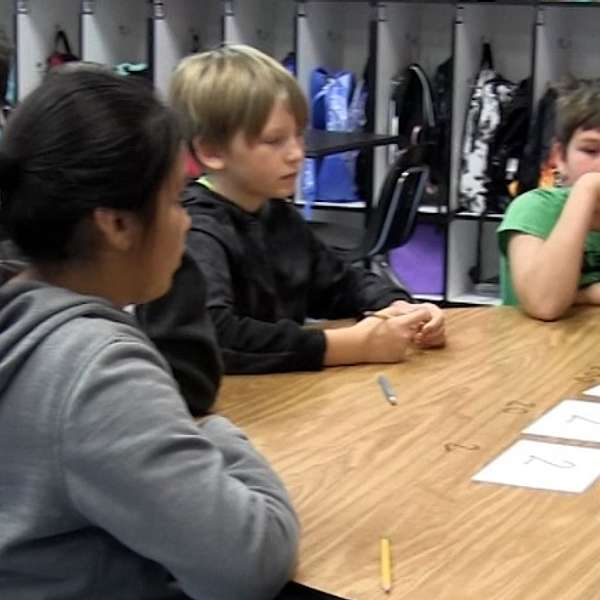
Opportunity Culture Audio
Opportunity Culture Audio
#9. Kids Need Tutoring. Few Kids Get Tutoring. Opportunity Culture Models Can Help.
A recent report from the National Center for Education Statistics shows that high-dosage tutoring reaches only about one in 10 students—despite the national push for it. But if schools build innovative staffing models such as Opportunity Culture models, small-group tutoring can happen routinely, during the school day. Schools should think now about using their Covid funding for planning and implementation, to create a sustainable, long-lasting tutoring culture. Listen to (or read) this post to learn more.
Despite a steady national drumbeat about the power of high-dosage tutoring to help students rebound from the dramatic post-Covid learning dip, the National Center for Education Statistics reported on Wednesday that such tutoring reaches only about one in 10 students. Although 37 percent of schools reported that they offer high-dosage tutoring—that is, at least a half-hour of one-on-one or small-group instruction three times a week with a trained educator—not even a third of students in those schools receive the tutoring.
Districts and schools likely plan to spend much of their remaining Covid relief dollars on tutoring programs for the next year. But these statistics suggest that many, if not most, of the students who need high-dosage tutoring still won’t get it, often because of inadequate staffing: 40 percent of the surveyed schools said they could not find tutors, while 49 percent said they lacked funds for them. And even the students who do get tutoring are at risk of having it discontinued when Covid funds dry up.
It doesn’t have to be this way.
If schools build innovative staffing models such as Opportunity Culture models, with a team-based approach focused on having all available adults providing tutoring under the guidance of an excellent teacher, small-group tutoring can happen routinely, during the school day. And because Opportunity Culture models pay teachers and paraprofessionals more through reallocations of regular budgets, schools can use this last stretch of Covid funding for planning and implementation, to create a sustainable, long-lasting tutoring culture.
Imagine this: Ms. Smith has a proven track record of high-growth student learning. She takes the Multi-Classroom Leader (MCL) role and now leads a small team of teachers, an advanced paraprofessional, and a teacher resident. Ms. Smith helps the team plan a schedule in which all students rotate through small-group tutoring and teaching every day, with all adults—paraprofessional, teachers, and herself—leading some of the small groups. Ms. Smith uses her experience getting great student results to guide the team to provide high-quality lessons and tutoring, and to review student data daily and weekly to ensure all students get the instruction they need.
This happens now in Opportunity Culture schools: For examples, listen to our piece about Lucama Elementary, or watch a short video about Bearfield Primary.
Educators using the MCL team approach—which ties together higher pay, strong support, and a proven, accountable leader—highlight their teams’ ability to build stronger relationships with students. Students receiving high-dosage tutoring from teams like this get what Stanford University researcher Susanna Loeb told The 74 is the “best approach that we know for accelerating students’ learning” because students work with “an adult who knows them, cares about them and has the tools to address their needs.”
One interviewee also told The 74 that teachers are exhausted, so they don’t want to add more hours of tutoring to their day. But they shouldn’t have to—as a matter of equitable access, students should primarily get this tutoring during the school day. With Opportunity Culture teams, they can.
Implementing Opportunity Culture staffing models doesn’t happen overnight. But with thoughtful planning, schools and districts can create a sustainable, long-term solution to provide small-group tutoring and teaching for all students.